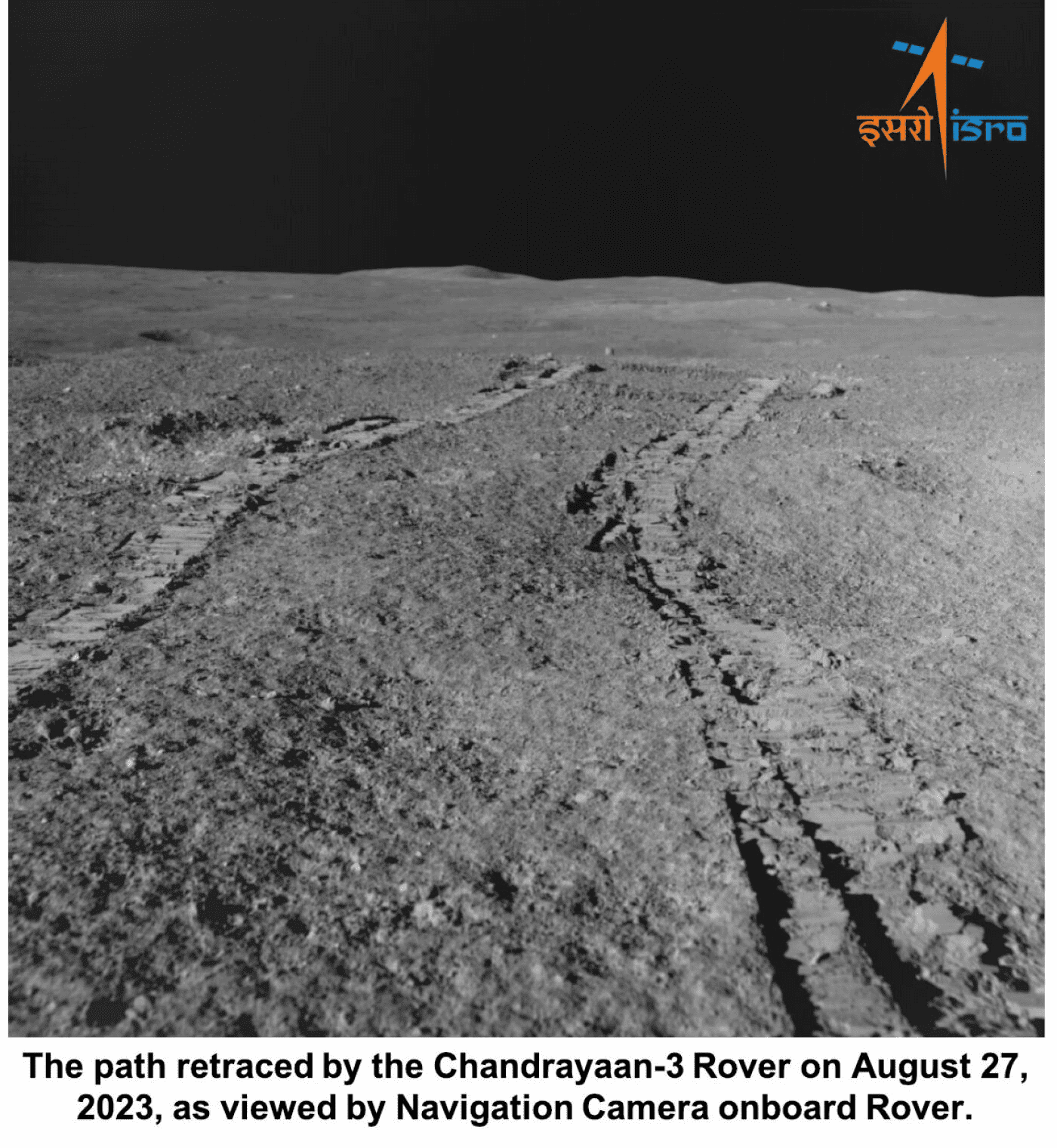
It’s been a week since India’s Chandrayaan-3 mission landed on the moon. Now, the rover (Pragyan) which is navigating the southern part of the moon, is sending back a wealth of information. The Indian Space Research Organization (ISRO) confirmed that the rover detected elements including sulfur, aluminium, iron, calcium, chromium, titanium, manganese, and oxygen on the lunar surface.
These findings could provide valuable information for future moon missions, particularly those focused on a human scientific base that could make good use of these chemical resources.
According to ISRO, this marks “the first-ever in-situ (in the original space) measurements on the elemental composition of the surface near the south pole” and found a host of chemicals, including sulfur and oxygen, on lunar soil. It’s long been known (or rather, strongly assumed) that there’s sulfur in the lunar soil, but finding it in situ is still an impressive achievement, Noah Petro, a project scientist at Nasa, told the BBC.
“I think Isro is highlighting that it’s in-situ, so it’s important to have measured sulphur on the lunar surface. Sulfur is a volatile element if it’s not inside a mineral. So, if it’s not part of a crystal, it’s very cool to see it measured on the surface,” he added.
But Chandrayaan-3 isn’t just on a geological mission.
More than just a rock hunt
The rover is also searching for signs of frozen water, which could potentially support future astronaut missions as a source of drinking water or even rocket fuel. In fact, that’s why the rover landed there.
The moon doesn’t have a thick atmosphere that can hold water in place, but frozen water (ice) has been spotted on the permanently shadowed sides of the lunar south pole. This ice would be an extremely valuable resource for any long-term human mission.
In addition, the rover and its lander are set to study the moon’s atmosphere and seismic activity (moonquakes), giving scientists a clearer picture of our celestial neighbor. For instance, data recently released by ISRO shows that temperature changes drastically under the lunar topsoil.
Navigating craters and ambitions
The rover is maneuvering very carefully, at a slow speed of around 10 centimeters per second. It moved even slower initially, at 1 cm per second, to ensure that the rough terrain of the moon didn’t cause any technical problems. Recently, it had to reprogram its route to avoid a 4-meter-wide crater. The adjustment was successful, and the rover is safely continuing its exploration.
The expected operating time of the rover is one lunar day or around 14 Earth days. The rover’s electronics are not designed to endure the frigid lunar night. The rover is equipped with a solar-powered sleep and wake-up cycle, which could result in a longer operation time than planned — but this would be a bonus.
In addition to being a remarkable mission that enhances our understanding of the moon, it also cements India’s space ambitions. Chandrayaan-3 is a solid example of the “space ambition” of Indian Prime Minister Narendra Modi, who wants to position India as an important hub for technological innovation.
The mission began more than a month ago with an estimated cost of $75 million — a very low cost considering that we’re talking about landing a rover on the moon. To make it even more impressive, India’s successful landing comes on the heels of a failed mission by Russia’s Luna-25, which crashed into an uncontrolled orbit, showing that landing a rover on the moon is anything but trivial. Beyond the scientific advancements, the mission has elevated India into the select league of countries capable of complex space endeavors.









